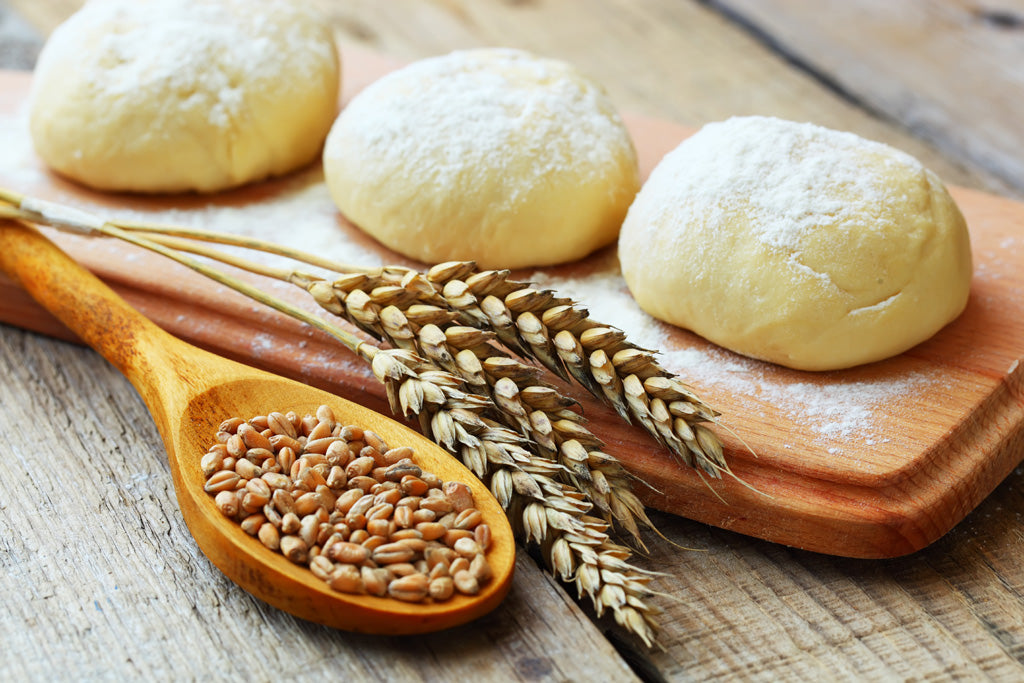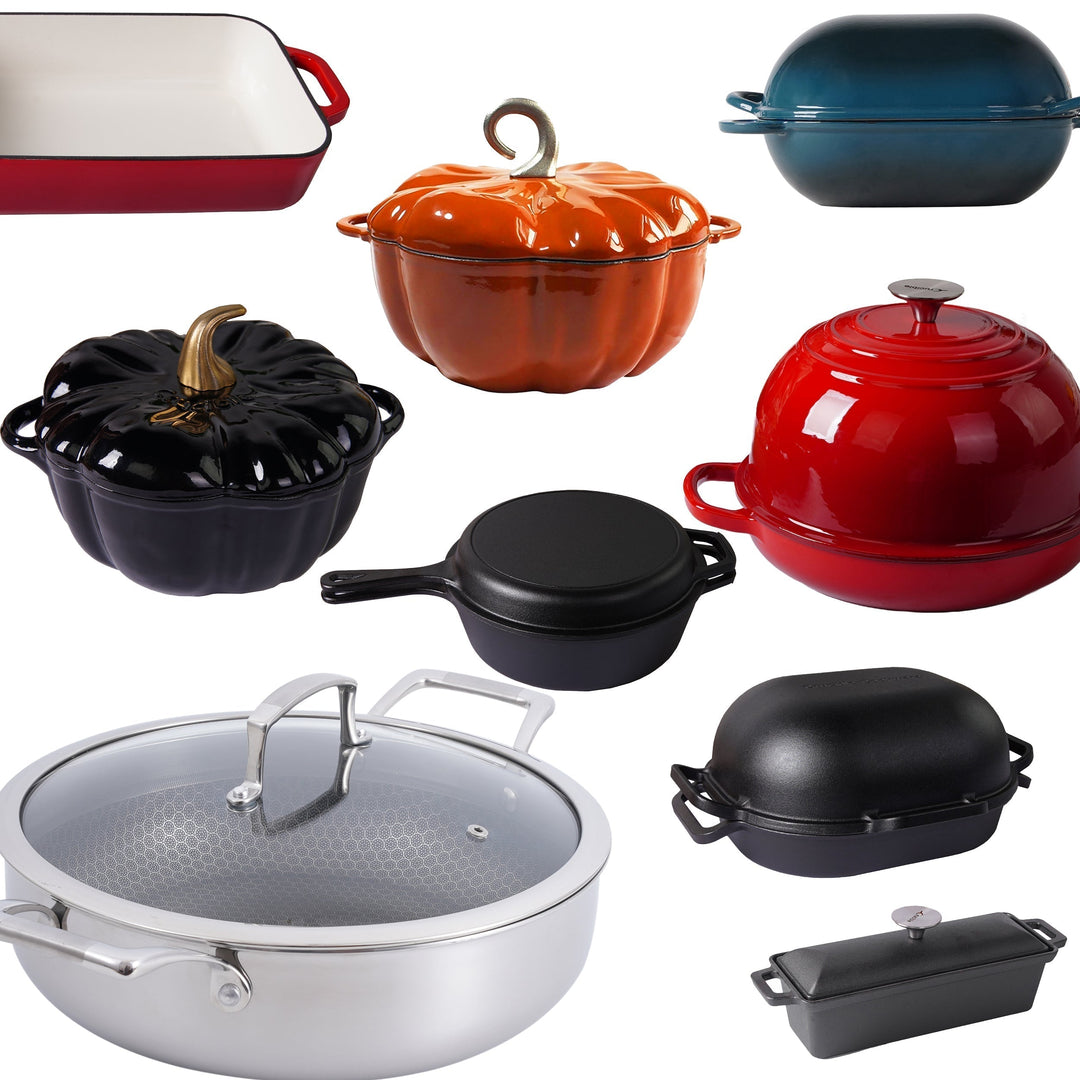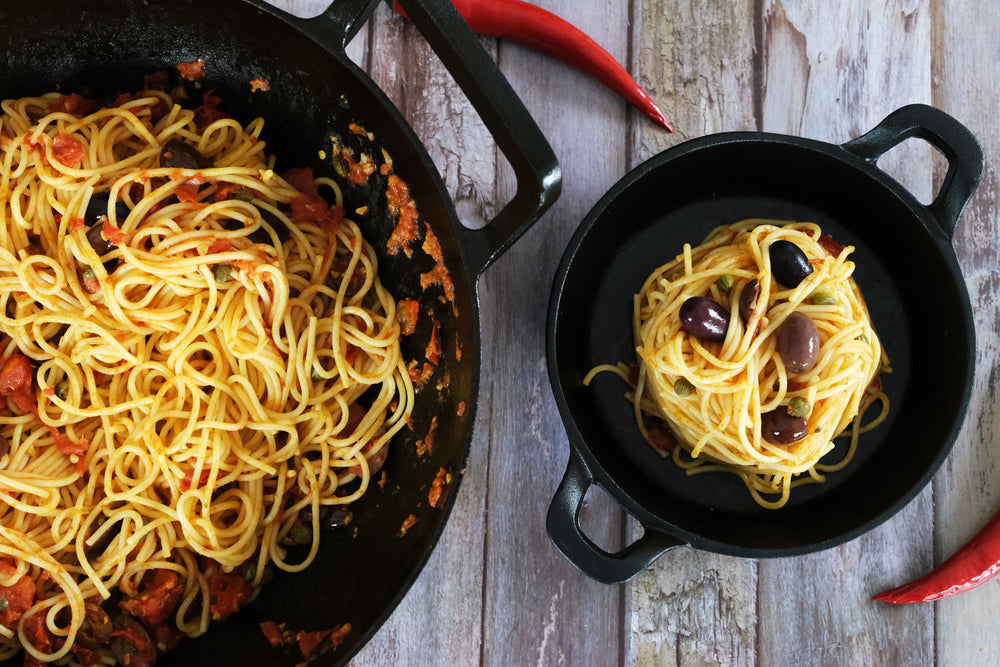Porovnání ingrediencí těsta: voda vs. mléko - vliv na texturu, chuť a nutriční obsah

Některé recepty na těsto používají vodu, jiné mléko, jaký je rozdíl z hlediska výsledků?
Použití vody nebo mléka v těstě může vést k různým texturám, chutím a celkovým vlastnostem finálního produktu. Zde jsou některé rozdíly:
-
Texture: Dough made with milk tends to be softer and richer in texture compared to dough made with water, which can be firmer and denser.
-
Flavor: Milk adds a subtle sweetness and richness to the dough, while water results in a more neutral flavor. This can affect the overall taste of the baked goods.
-
Color: Milk can also contribute to a slightly golden color in the finished product due to the Maillard reaction, which is a chemical reaction between amino acids and reducing sugars that gives browned foods their desirable flavor and color.
-
Nutritional Content: Milk adds additional nutrients such as protein, fat, and vitamins (particularly vitamin D if the milk is fortified), which can contribute to the nutritional profile of the baked goods.
-
Allergies and Preferences: Using water instead of milk can make the recipe suitable for individuals who are lactose intolerant or allergic to dairy products. It also caters to dietary preferences such as veganism.
-
Cost: Water is generally less expensive than milk, so using water instead of milk can be more cost-effective, especially in large-scale baking operations.
Nakonec volba mezi použitím vody nebo mléka v těstě závisí na požadovaných vlastnostech finálního produktu, dietních ohledech a osobních preferencích.
















Zanechte komentář